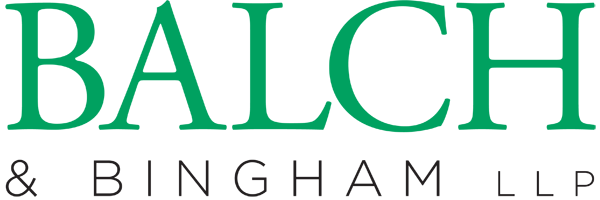Related Services
Lenders Beware: Overdraft policies may spur CFPB litigation.
The CFPB is aggressively litigating overdraft issues, which means lenders should proactively review their overdraft policies to avoid the specter of costly litigation with the CFPB. For example, in Consumer Financial Protection Bureau v. TCF National Bank, No. 17-166 (D. Minn. September 8, 2017), a Minnesota district court allowed the Consumer Financial Protection Bureau to proceed to discovery on its claims against TCF National Bank for deceptive and abusive trade practices relating to overdraft fee “opt-in” programs. The district court concluded that TCF’s practice of enticing new and existing customers to opt-in to its overdraft services program (which subjected them to overdraft fees) could constitute an “unfair, deceptive, or abusive act or practice” under the Consumer Financial Protection Act.
In 2009, the Federal Reserve Board adopted “Regulation E,” which requires banks to implement procedures to allow consumers to choose whether to opt-in to overdraft services programs before banks can charge those consumers overdraft fees. Overdraft fees were particularly important to TCF—in 2009, TCF estimated that $182 million in revenue might be lost due to Regulation E. Facing this substantial loss of revenue when Regulation E went into effect in 2010, TCF set about persuading its customers to opt-in. It was overwhelmingly successful; approximately two-thirds of TCF’s customers opted-in, a rate approximately triple that of comparable banks.
The CFPB’s Complaint alleged that TCF violated Regulation E and the CFPA through a variety of deceptive and unfair practices. The CFPB alleged that TCF provided monetary incentives to its employees to encourage quickly obtaining customer assent to opting-in. Further, the CFPB alleged that TCF was deceiving its new customers by giving employees a script to follow that failed to adequately explain the overdraft services program, giving off the impression that opting-in was a requirement for new customers. The CFPB also alleged that TCF internally concluded that it should not “over explain” the overdraft program because that would lead to lower opt-in rates. Finally, the complaint alleged that TCF employed a telephone call campaign that deceived its existing customers into believing that the services offered by TCF would change if the customer did not opt-in.
In its opinion, the Court granted TCF’s motion to dismiss the Regulation E claims but denied the motion to dismiss the CFPA claims. The CFPA prohibits banks from engaging in “unfair, deceptive, or abusive” practices. The Court reasoned that providing the required notice under Regulation E alone does not relieve banks like TCF from liability for potentially deceptive practices. The Court noted that providing the requisite notice, working in tandem with other tactics such as pressuring customers to opt-in or failing to provide important disclosures to customers, could lead to liability for unfair or deceptive practices under the CFPA. The Court dismissed the Regulation E claims because, irrespective of the potential deceptiveness of TCF’s conduct, TCF had complied with the basic requirements of Regulation E.
Lenders should be wary of the CFPB’s vague standard for unfair or deceptive trade practices. According to the TCF National Bank court, lenders were put on notice in 2010 that they cannot market their overdraft services in a deceptive or misleading manner. What this means, of course, may be different in each case and, therefore, may expose lenders to costly litigation. TCF National Bank also demonstrates the CFPB’s aggressive litigation strategy and an increased focus on overdrafts. The CFPB recently issued a study on frequent overdrafters and may issue a regulation or agency guidance on overdraft issues. Financial institutions should proactively review their overdraft policies to address any red flags that might attract the CFPB’s attention. These include: the number of consumers that opt-in, monetary incentives for employees to encourage opting-in, and providing misleading or deceptive scripts or other emphases to get customers to opt-in.


